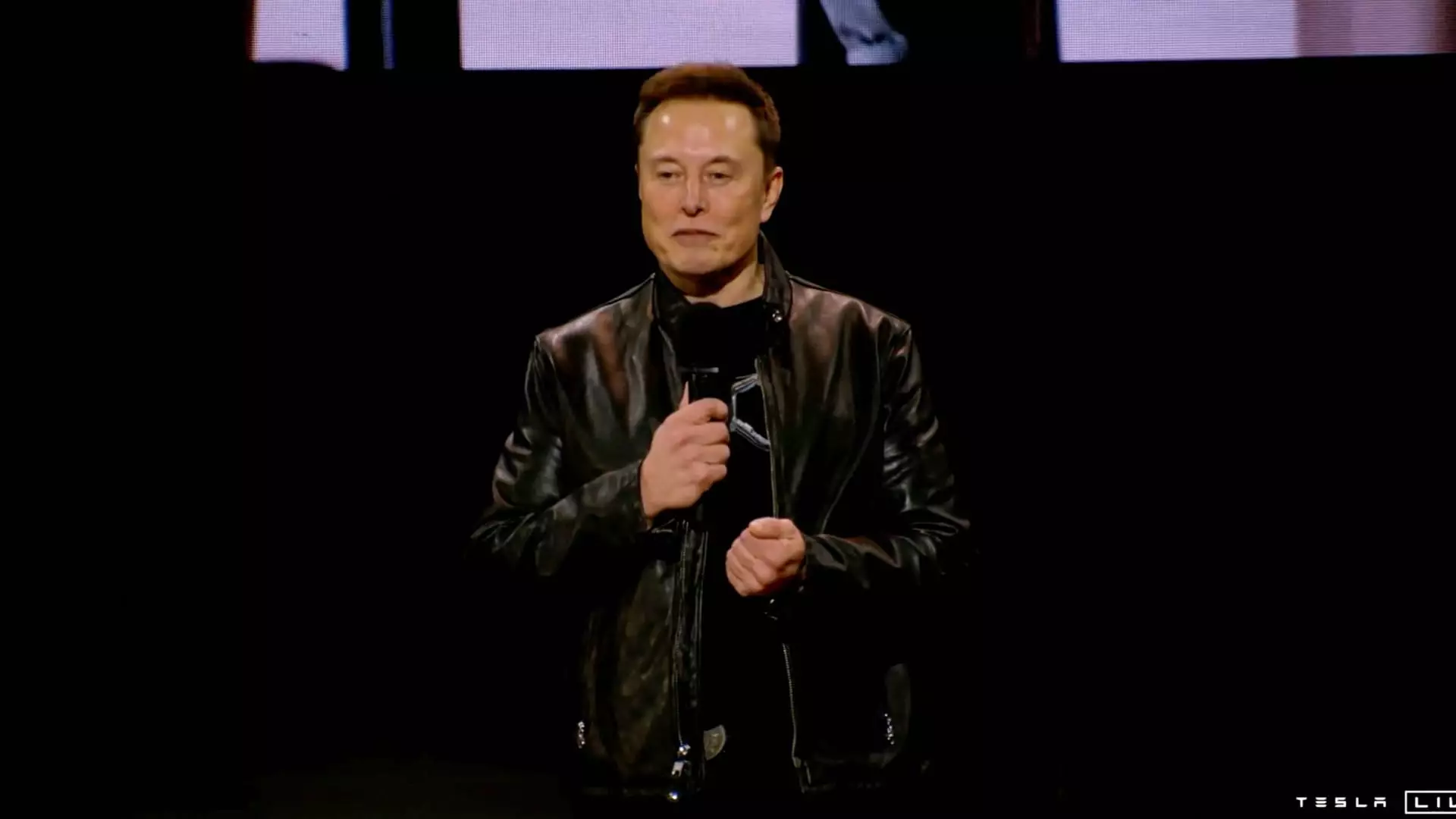Tesla, a pioneer in the electric vehicle market, is finding itself in hot water over its marketing messages regarding its Full Self-Driving (FSD) technology. The National Highway Traffic Safety Administration (NHTSA) has issued a statement warning that Tesla may be misleading potential drivers by implying that their cars are fully autonomous. This impression not only contradicts their official stance, which emphasizes the necessity for human oversight, but also raises serious concerns about road safety. The NHTSA’s alarm bells are ringing, suggesting that these ambiguous communications may encourage reckless behavior among drivers.
Tesla’s active presence on social media, particularly on X (formerly Twitter), has contributed significantly to this issue. Recent posts endorsed by Tesla depict instances where drivers seem disengaged from the driving task while utilizing FSD. According to Gregory Magno, the NHTSA’s head, such representations could lead those observing these posts to falsely believe that the technology can function entirely without human intervention. For instance, showcasing a driver en route to a hospital during a health emergency, or promoting the use of FSD while fatigued or under the influence, creates a dangerously misleading narrative. It suggests that drivers can rely entirely on the system, which goes against the need for constant human supervision.
The NHTSA has given Tesla until December 18 to respond to their concerns, requesting a comprehensive set of information regarding FSD and its safety implications. The potential fallout for failing to comply could be severe, with penalties amounting to nearly $136 million. This adds a layer of urgency to Tesla’s response, highlighting the serious nature of the investigation concerning safety defects associated with the FSD option. The ongoing scrutiny arises from a series of accidents that have occurred while using FSD, indicating an immediate need for clarity about the system’s limitations.
With a troubling string of incidents, including fatal accidents involving pedestrians, the question of accountability looms large. The NHTSA’s inquiry points to an urgent need for more stringent regulations in the autonomous vehicle sector. Tesla’s portrayal of its FSD as nearly self-sufficient not only raises regulatory eyebrows but also places the responsibility for safety on the shoulders of the consumers misled by such marketing tactics. Public perception, fueled by Tesla’s own messaging, may lead individuals to underestimate the critical role of driver vigilance, thereby putting lives at risk.
In light of these developments, it’s clear that Tesla must reevaluate how it communicates regarding its FSD features. Transparency and accuracy are essential in maintaining public trust and ensuring safety on the roads. As the company navigates regulatory challenges and public scrutiny, it faces the responsibility to align its online messaging with the true capabilities of its technology. Only through honest communication can Tesla hope to foster a safer driving environment while continuing to innovate in the rapidly evolving sector of autonomous vehicles.


Leave a Reply